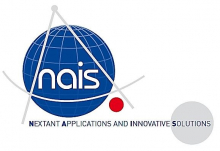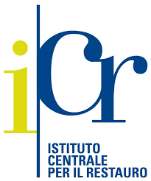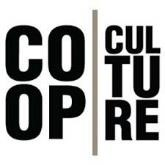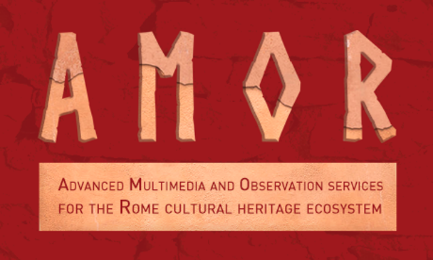
Objectives of the service
Italy is one of the richest countries in the World by number of cultural sites per square kilometre; however, geo-morphological, weather related and anthropogenic phenomena pose a constant threat to the structural integrity, and conservation status of the historic monuments and cultural sites. This put at risk the fruition and related economic exploitation of these assets, which are considered critical for the tourism sector. The latter plays a significative role for the Italian economy.
Within the aforementioned scenario, AMOR provides relevant solutions across the entire business domains (e.g., both Safeguard and Fruition).
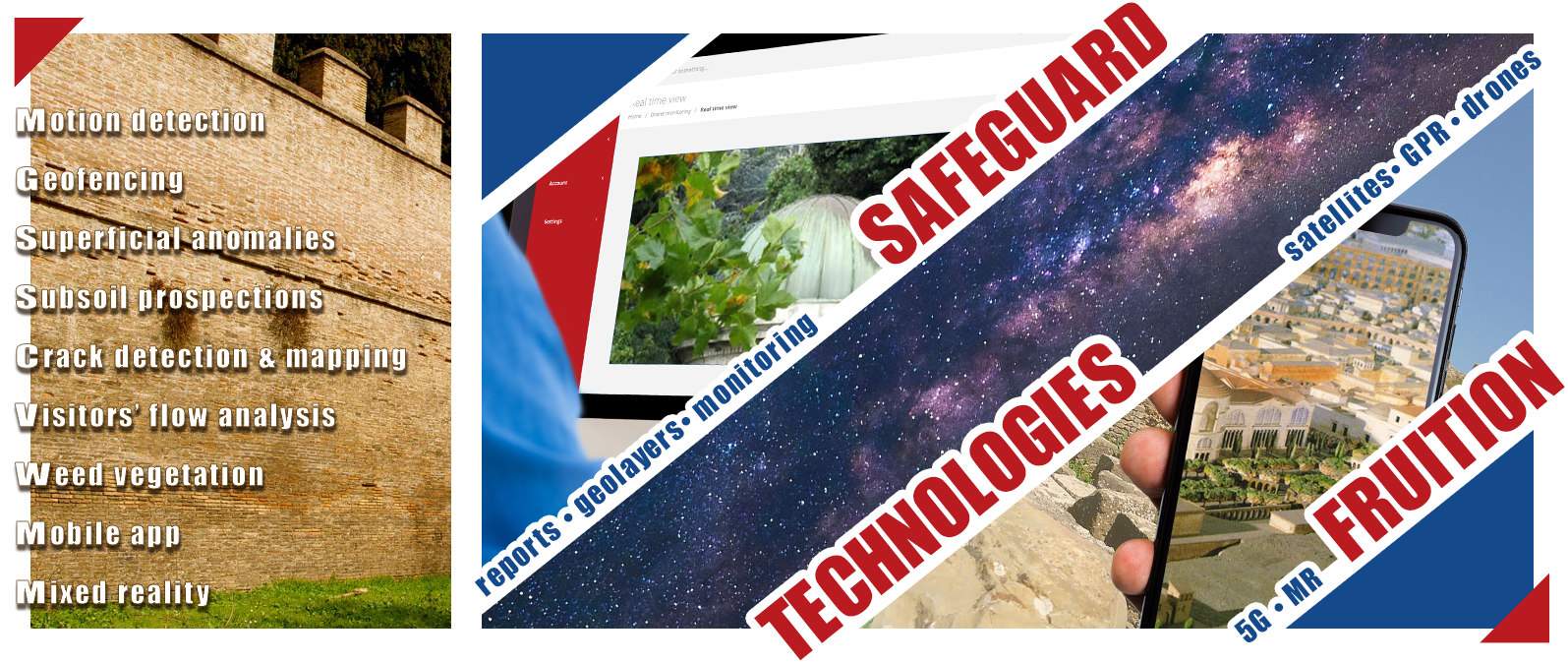
For Safeguard aspects, AMOR supports the Public Institutions (PI) are provided with user driven information, accessible through the St’ART® web platform. This entails an end-to-end services’ approach based on the integration of hierarchical / multi temporal / multi-source approach, as for example
-
updated information, scheduled according to phenomena to be observed.
-
non-invasive technological solutions, selected on the base of the desired detail and/or phenomenon to observe (satellites, UAV and GRP systems).
AMOR aims at improving the decision-making and the programmatic capacity, by moving from an emergency interventions approach into a predictive restauration and conservation model.
With respect to Fruition aspects, AMOR provides visitors with a new level of information about the cultural site (text, audio and images) now made accessible through the mobile App. The mobile APP also offers the access to Mixed Reality (MR) contents (3D model reconstruction hypothesis of ancient monuments), for an improved fruition and immersive experience of the cultural sites.
Moreover, through visitors’ tracking, statistics and visitors’ behaviour will be shown to site managers via web platform, for any decision (protection/promotion) to be undertake.
Users and their needs
AMOR Safeguard targeted users are mainly represented by the Public Institutions operating in Rome and responsible for safeguard, and conservation of ancient monuments. These entities are:
-
MiC (Italian Ministry for Culture), including:
-
45 Superintendences.
-
Institutes, among which Istituto per la Conservazione ed il Restauro (both as user and AMOR partner);
-
1 Direzione Generale for zones struck by earthquake (2016).
-
9 Archaeological parks.
-
-
Municipalities.
-
Regions.
The major needs expressed by AMOR users are the following:
-
To be aware about the status of conservation of monuments’ not easily reachable parts, such as walls’ top and roofs; this will allow a prompt detection of criticalities (wed vegetation, crack and humidity patterns, loss of materials, etc.) and support the decision-making phase for actions to be undertaken (maintenance/restauration);
-
To be aware about land/buildings’ movements, both by means of periodic monitoring satellite analysis, and based on historic analysis referred to precise periods;
-
To be aware about urban changes occurred over time in order to gain information not achievable differently.
-
To be informed about underground (terrain) and sub-superficial criticalities (vertical elements, such as walls).
-
To be aware about visitors’ behaviours and flows within virtually geofenced areas in order to gain information about related statistics (e.g., average dwell time).
-
To dispose of a web platform able to manage information derived by technological surveys for intervention planning.
AMOR Fruition targeted users is represented by Visitors, whose major identified needs include:
-
A Mobile APP, offering certified information (both text and audio).
-
Innovative and emotional solutions of visit (directly on personal devices, fundamental in a pandemic/post-pandemic context), such as the Mixed Reality proposed by AMOR, for an emotional experience and for a better understanding of the ruins they are looking at during their visit.
The main targeted users have been identified, across the Italian territory, for the purpose of project participation / prototype testing / services’ demonstration.
Service/ system concept
AMOR is intended to provide solutions missing today (or not yet systematized) to the two AMOR communities: i) Institutions responsible of monuments’ safeguard and ii) cultural visitors of Rome.
Safeguard services are mainly aimed at providing, at different scale (local and individual) information about degradation phenomena affecting cultural assets. Site managers will be provided with information about the detection and mapping of surface (satellites and UAV) and sub-surface (GPR) deterioration phenomena the properties are exposed to.
Results will be distributed via the St’ART® web platform as:
-
Thematic maps, to facilitate the understanding of the results.
-
Velocity maps, to detect criticalities in terms of surface / buildings’ movements;
-
Photos, collected via UAV systems.
-
Reports, to facilitate results understanding.
-
Monuments’ vulnerability values, calculated by means of Carta del Rischio methodology.
All this information has the main goal of supporting experts and responsible Institutions in terms of preventive conservation actions to be taken.

Fruition services will support Visitors of the city of Rome, extremely rich in terms of ancient ruins not always understandable at first sight, for an emotional tour. A 3D model (hypothetic architectural reconstruction), made usable via Mixed Reality technology and whose usability will be facilitated by 5G network, will be available directly on mobile devices, after the download. The app will also offer certified fruition contents (audio/text) for a more aware and exciting city tour.
Space Added Value
AMOR utilised space assets are:
-
Earth Observation satellites, specifically:
-
Synthetic Aperture Radar sensors: for the detection of relevant land/buildings’ movements. The periodicity of satellite analyses, applying InSAR techniques on long temporal series, will guarantee regular monitoring – not performed to date – ensuring prompt interventions in case of detection of slow displacements/deformations (some millimeters per year).
-
Multispectral sensors:
-
for the detection (1st level) and mapping of weed vegetation located in the upper parts (not visible and/or not reachable). This analysis could bring, where necessary, to the 2nd level analysis enabled by UAV.
-
for change detection analyses, contributing to the refinement of vulnerability calculation, as a support to Carta del Rischio methodology, ICR.
-
-
Global Navigation Satellites System for:
-
Velocity/ ground deformation mapping, based on integration and exploitation of SAR and GNSS data. GNSS data, coming from permanent GNSS networks, postprocessed with PPP techniques and assimilated in the SAR interferometry processing chain to improve its performance.
-
UAV data acquisition, where satellite navigation will provide information about airborne location, essential to understand images positioning over a wide area and allow photointerpretation and automatic digital models reconstructions.
-
Visitors’ positioning for flow analysis, based on the use of mobile devices equipped with GNSS receivers.
-
Current Status
AMOR pilot phase was succesfully closed after a demonstration period of six months, started on the 21st of April and concluded on the 20th of October 2022.
Objectives declared at the beginning of the project were successfully reached.
During the AMOR demonstrator phase, more then 40 analysis have been performed and distributed to the end users. The analyses were based on satellite technologies, UAV and GPR systems, and helped to increase end-users’ awareness about the status of conservation and amaloration of the cultural assets, especially for monuments’ portions where the access is particularly difficult or dangerous, with the aim to detect critical anomalies for a preventive maintenance planning.
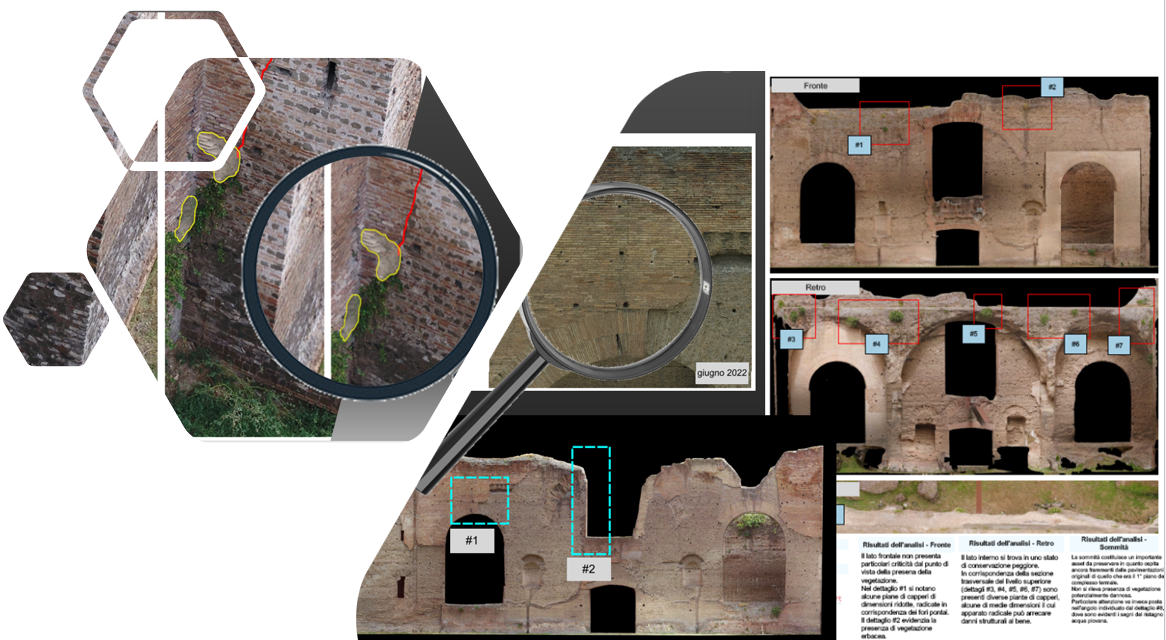

End-users, from public institutions (for safeguard solutions) to cultural visitors (for fruition solutions), were actively involved during the pilot phase and feedbacks were collected via questionnaires and via teleconferences and workshops held during the six months.
They all appreciated the AMOR services.



